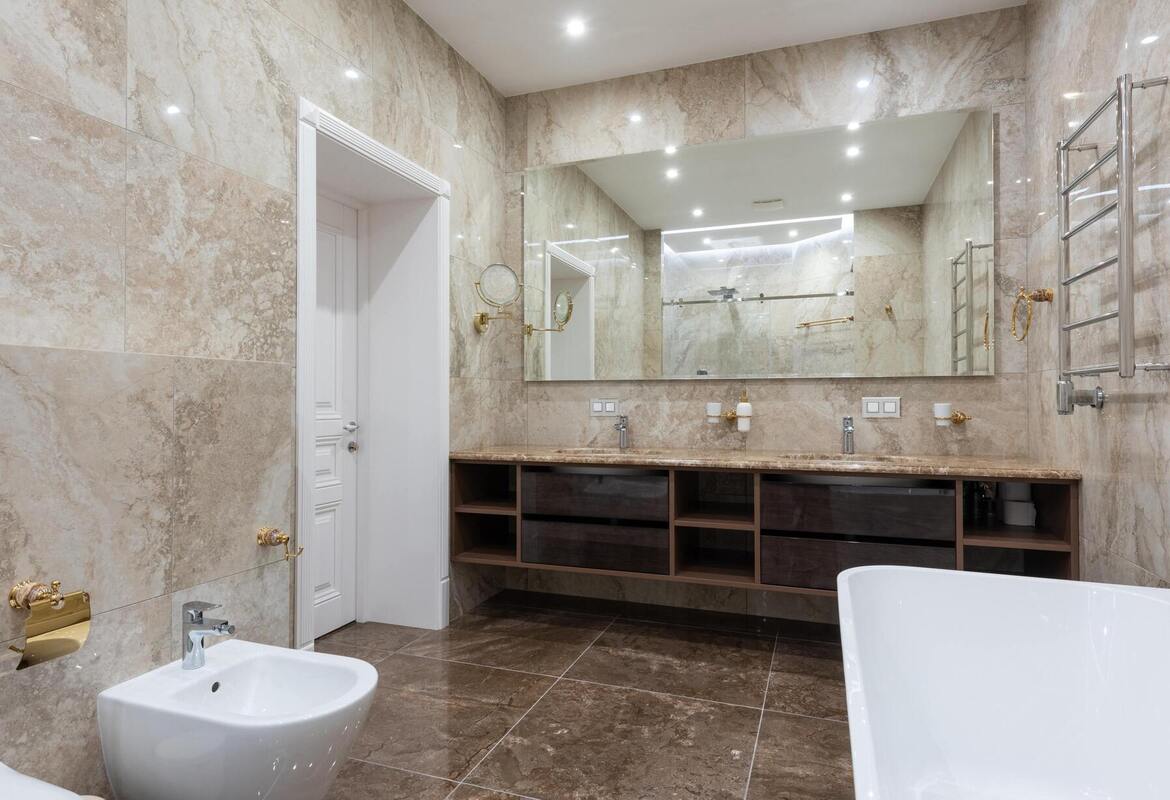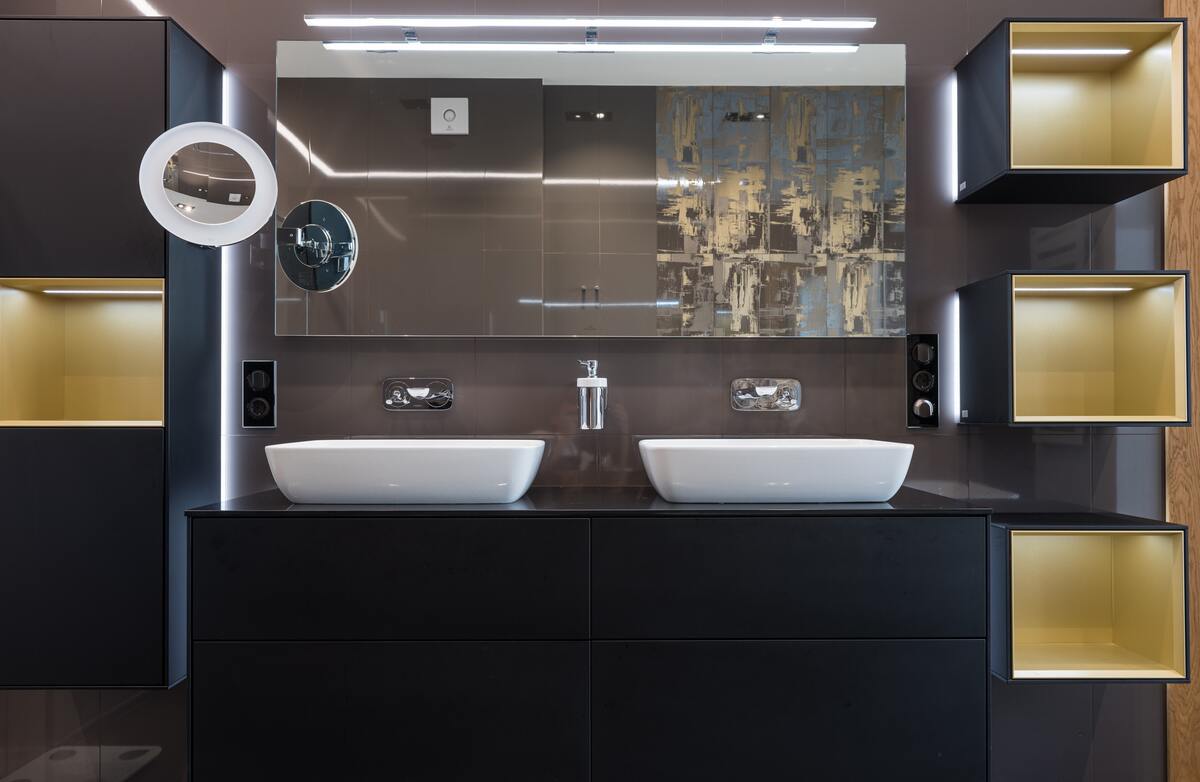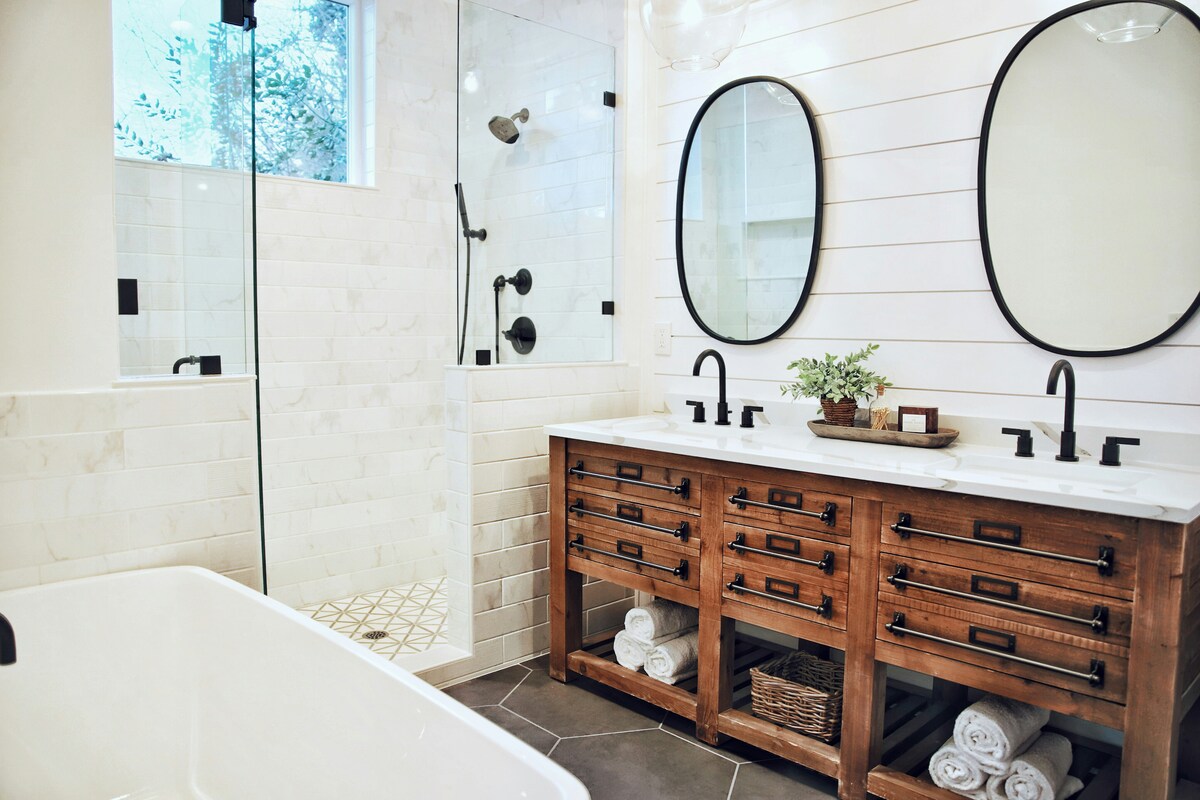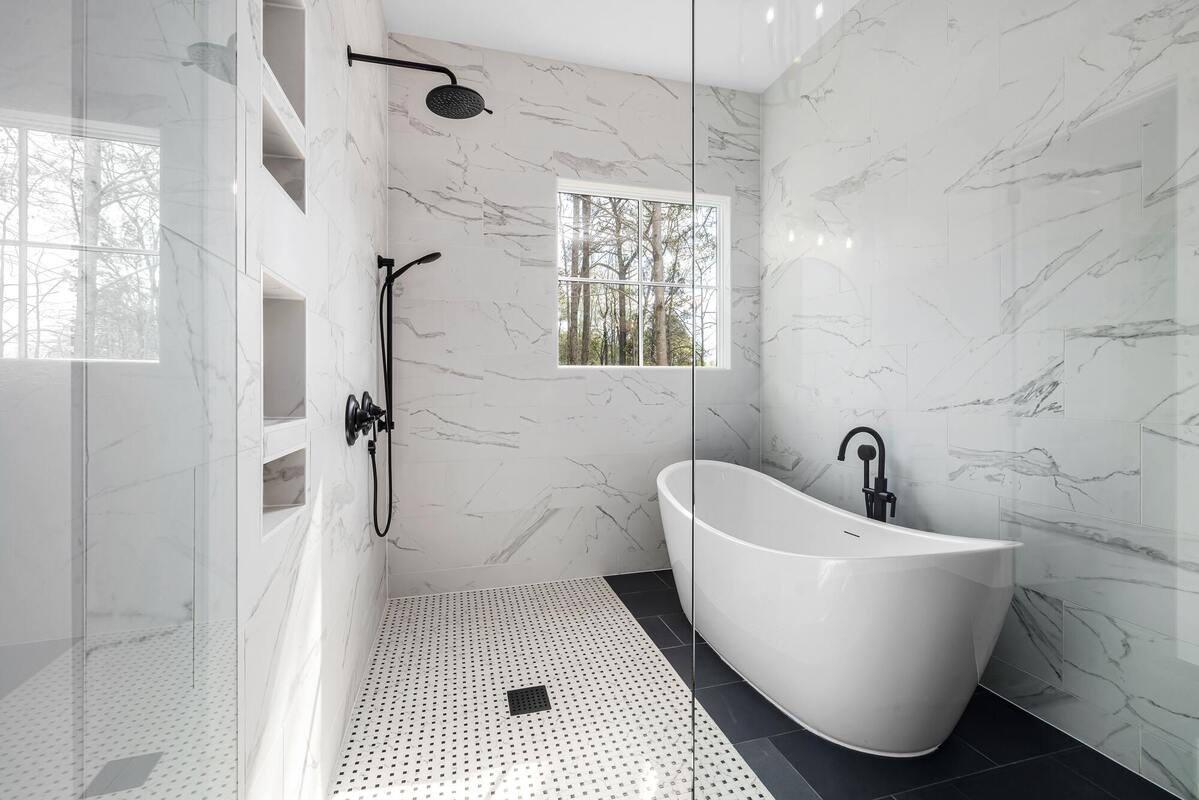Underfloor Bathroom Heating: Is It Right For You?

Not sure if bathroom underfloor heating is exactly what you need, or just a nice-to-have luxury? Our latest guide will help you decide!
Whether you’re someone who really feels the cold or not, it’s important to have ways of keeping your bathroom or wet room warm.
Bathrooms get humid and damp, which creates conditions for mould and bacteria to thrive. If this has happened to you, here’s our advice on how to get rid of mould in a bathroom.
But if you already have radiators and/or heated towel rails in your bathroom, you’ll likely want to weigh up whether underfloor heating will give you value for money.
That said, always keep in mind that a bathroom refurbishment or remodelling could pay for itself one day. Reportedly, it can potentially add between 4-5% onto the value of your home.
First let’s take a look at the pros and cons of other bathroom heating alternatives, before our deep-dive into the key considerations if you install underfloor heating.
Alternatives to bathroom underfloor heating
The other main options, aside from bathroom floor heating, are:
- Radiators: Column radiators are classics – but more modern panel radiators, with horizontal or vertical bars, are also available
- Heated towel rails: Not only will these keep your towels warm, you may find that they produce enough heat for the whole room too
A drawback with radiators is that you need enough floor space, since they are low down and/or connected to the ground. If floor space is at a premium in your bathroom, that may be a problem.
Heated towel rails can often provide more flexibility in this regard, as they are higher up on the wall. However, one heated towel rail may not be enough to warm up a large bathroom.
Bathroom underfloor heating considerations
Bathroom underfloor heating can be electrical or hydronic, i.e. using hot water. It’s a form of central heating.
Just as your central heating can be effective, as can electric underfloor heating mats. Benefits tend to include:
- Simple to install: Despite what you might think, it’s quick and easy for a qualified expert to set up – of course, it’s even simpler if they’re already re-tiling the bathroom floor!
- Saving space: In a small bathroom, you may struggle to find space for your walk-in shower, toilet, sink and so on – with an underfloor heating system, you don’t need to add any radiators to the list
- Distributing heat evenly: It’s output is consistent across the floor and not only that, remember that heat rises… So, it’s a more practical way to warm up a room than relying on a heated towel rail – that means no more cold spots!
On a cold winter’s day in particular, arguably there’s nothing quite like bathroom underfloor heating to keep you warm.
There are a few things to keep in mind though if you’re planning to use it:
- Set aside enough time: The time needed for installing electric underfloor heating systems in a bathroom can be up to four days for very large bathrooms
- Choose the right temperature: A higher temperature won’t necessarily warm up your bathroom quicker – instead, it could overheat your floor and waste precious energy
- Consider ceramic and porcelain tiles: These tend to conduct heat better than wooden flooring, for example, further improving your energy efficiency
Plus, when thinking about how to waterproof your bathroom, inorganic materials such as porcelain or ceramic tiles are hard to beat.
Is bathroom underfloor heating right for you?
Naturally, whether it suits your requirements will depend on several factors – not just the right price or whether you could have lower running costs.
These include the size of your bathroom and the floor materials – installing underfloor heating may be the perfect option for your tiled bathrooms, for example.
And while it’s often associated with being a luxury option, it’s actually becoming increasingly commonplace. After enquiring, you may also be surprised at how affordable this type of heating can be.
With sustainability high up on many people’s agendas right now, additionally, you might find that underfloor heating is the most energy-efficient way to warm up the bathroom.
Final thoughts: Bathroom underfloor heating
To find out more about bathroom remodelling prices in general, check out our guide into how much a new bathroom costs.
Whichever bathroom heating option you choose, prioritise safety above all else, especially for an electric underfloor heating system. Only qualified experts should carry out electric underfloor heating work.
The IET Wiring Regulations have a zonal system to indicate where water is likely to be present. Therefore, these have an impact on what equipment can be fitted – and where.
At Ability Bathe Bathrooms, all trades are covered by our experienced bathroom designers and installers team – including plumbing and electrics.
For more information about underfloor heating in your bathroom, or if you have any other queries, please don’t hesitate to get in touch.





